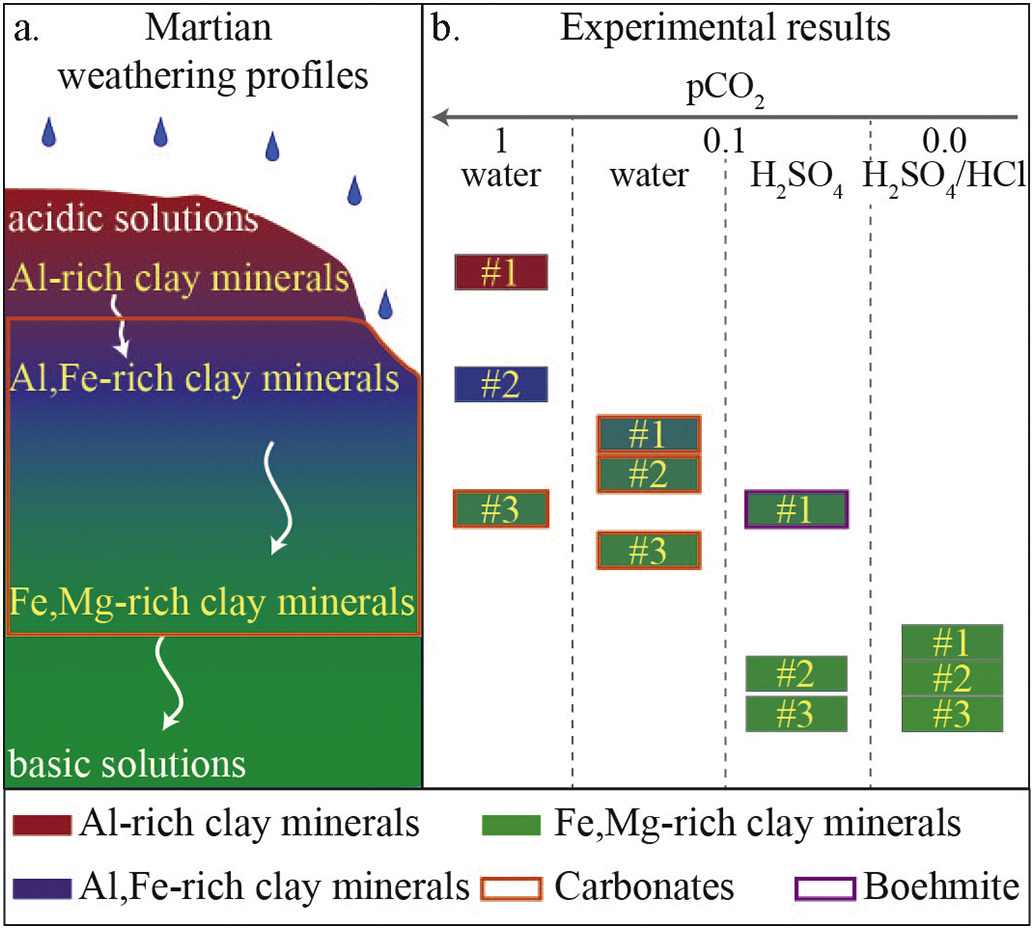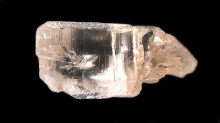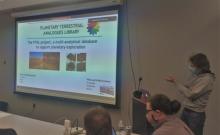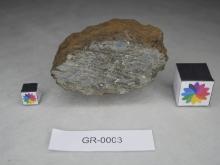Laboratory Experiments and Field Analog Site Studies (WP1)
The selection of possible Martian Earth analogues for the PTAL project
A petrological library of 106 Earth samples from 19 localities has been selected for the project. They are possible martian analogues based on recent discoveries from martian meteorites, martian orbiters and rovers. We conducted mineralogical and petrological characterization by optical microscopy, XRD, Raman, NIR and LIBS analysis. All details are available in Dypvik et al. (Planetary and Space Science, 2021).
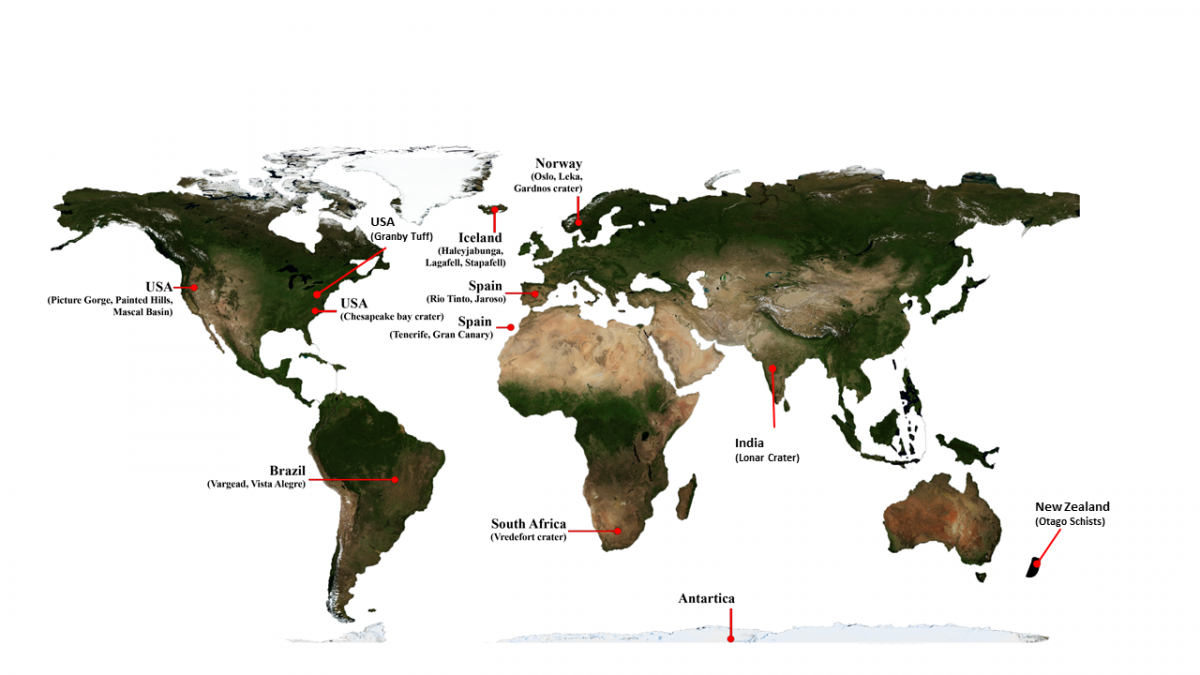
Experimental hydrothermal alteration of basaltic glass with relevance to Mars
We conducted alteration of basaltic glass in different atmospheric conditions in the lab to mimic different possible past conditions on Mars. We formed difference secondary water-rich minerals: phyllosilicates, zeolites and carbonates in the different alteration conditions. We show that the same mineral assemblages form from vapor condensing on mineral surfaces as in a fully water-saturated environment. This has implications on the variety of environments in which secondary minerals could have formed on Mars. The experiment is presented in details in Sætre et al. (2019, Meteoritics and Planetary Science).
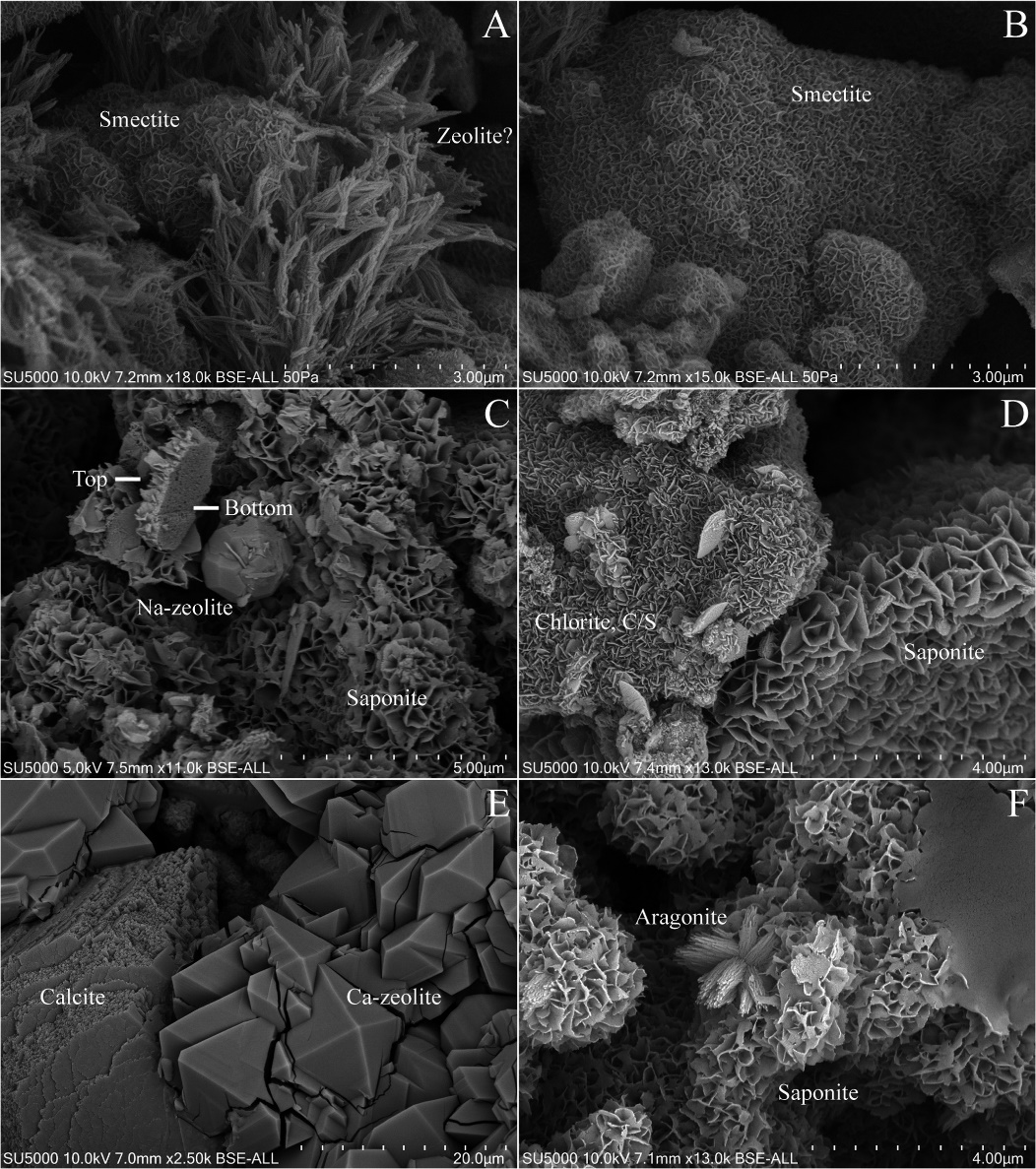
Experimental reproduction of the martian weathering profiles argues for a dense Noachian CO2 atmosphere
We used open system column experiments in the lab to reproduce Martian weathering profiles. From Martian orbital data, weathering profiles are identified as vertical series of Al-rich clay minerals on top of Fe/Mg-rich clay minerals. It was observed that the clay mineralogy of these Martian weathering profiles are better reproduced in the presence of CO2 rich fluids, suggesting a dense CO2-rich atmosphere at the moment of the alteration. We described and discussed the experiments in Viennet et al. (2019, Chemical Geology). According to these results, carbonates should be present within these weathering profiles. This work is very complementary with the orbital detection of carbonates within some weathering profiles on Mars we detailed in Bultel et al. (2019, JGR Planets).
